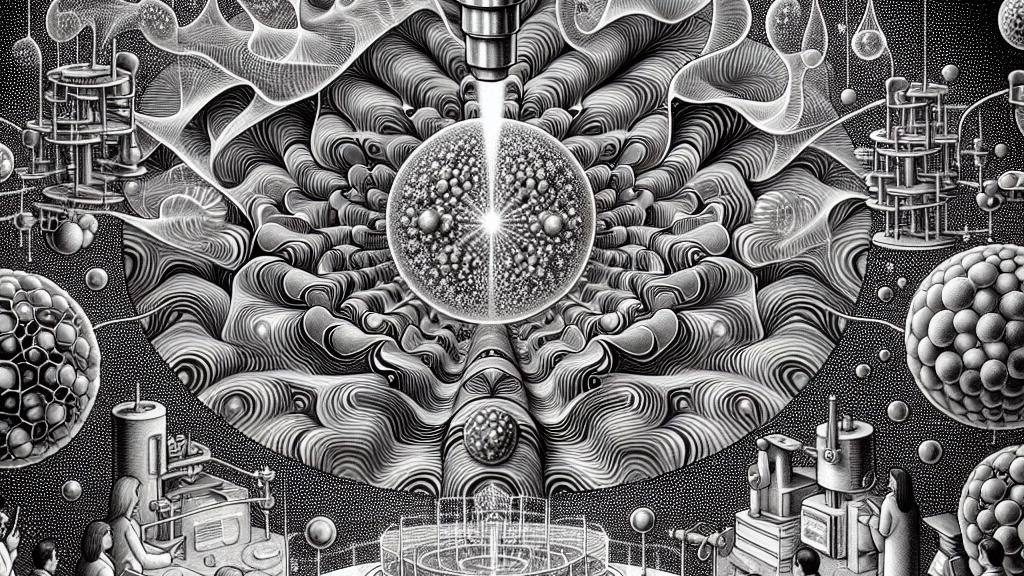Exploring New Techniques in Electron Microscopy to Understand Spin Structures
Overview
- A groundbreaking electron microscopy technique reveals intricate spin structures with unprecedented accuracy.
- This cutting-edge method enables observations at femtosecond timescales—equivalent to one-quadrillionth of a second.
- Understanding these spin textures is vital for advancing technologies at the nanoscale, impacting everything from electronics to quantum computing.

Revolutionary Advances in Electron Microscopy
In Germany, a team of innovative scientists has embarked on an extraordinary journey, pushing the boundaries of electron microscopy to unveil complex spin structures in real time. Imagine capturing the dance of electrons as they oscillate in response to energy stimuli! Using surface plasmon polaritons—collective waves of electrons that ripple along metal surfaces—they have crafted a new lens through which to study these phenomena. By implementing multiple time-delayed laser pulses, these researchers have achieved an unprecedented level of detail, observing intricate dynamics that were once mere theories. Their primary focus? Meron pairs! These fascinating spin arrangements cover only half of a sphere, unlike similar structures, and shine a light on the stability and unique properties of topological materials. It’s a groundbreaking approach that sets a new standard in cutting-edge microscopy techniques.
The Significance of Merons in Modern Technology
Why should we care about merons? These unique topological structures have far-reaching implications that extend into the very fabric of modern technology. For example, during their experiments, scientists calculated the Chern number associated with these meron pairs, revealing crucial topological properties that suggest stability amidst turbulent conditions. Picture this: incorporating these stable spin textures into next-generation electronics, leading to devices that are not only more efficient but also more resilient! This groundbreaking understanding could pave the way for innovations in data storage solutions, possibly revolutionizing how we access and store information. The quest for stability in nanoscale systems is essential as we develop more sophisticated technologies that will define our future.
Inspiring a Future Driven by Nanotechnology
As we gaze into the horizon of technological advancement, the future seems brimming with possibilities fueled by insights from this research. What if we could harness the power of accurately reconstructing spin textures to revolutionize the way we design electronic components? Imagine smart devices that not only perform lightning-fast calculations but also communicate effortlessly with one another due to their enhanced stability and efficiency. This knowledge could lead to breakthroughs in quantum computing, where the upon spin textures like those of merons could help create better qubits, the building blocks of a quantum computer. The transformative potential of these discoveries is enormous and inspiring, as they pave the way for a bold new era of innovation. Indeed, this new electron microscopy technique stands to ignite a technological renaissance, shaping the world in ways we are just beginning to imagine!

Loading...